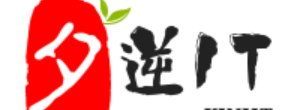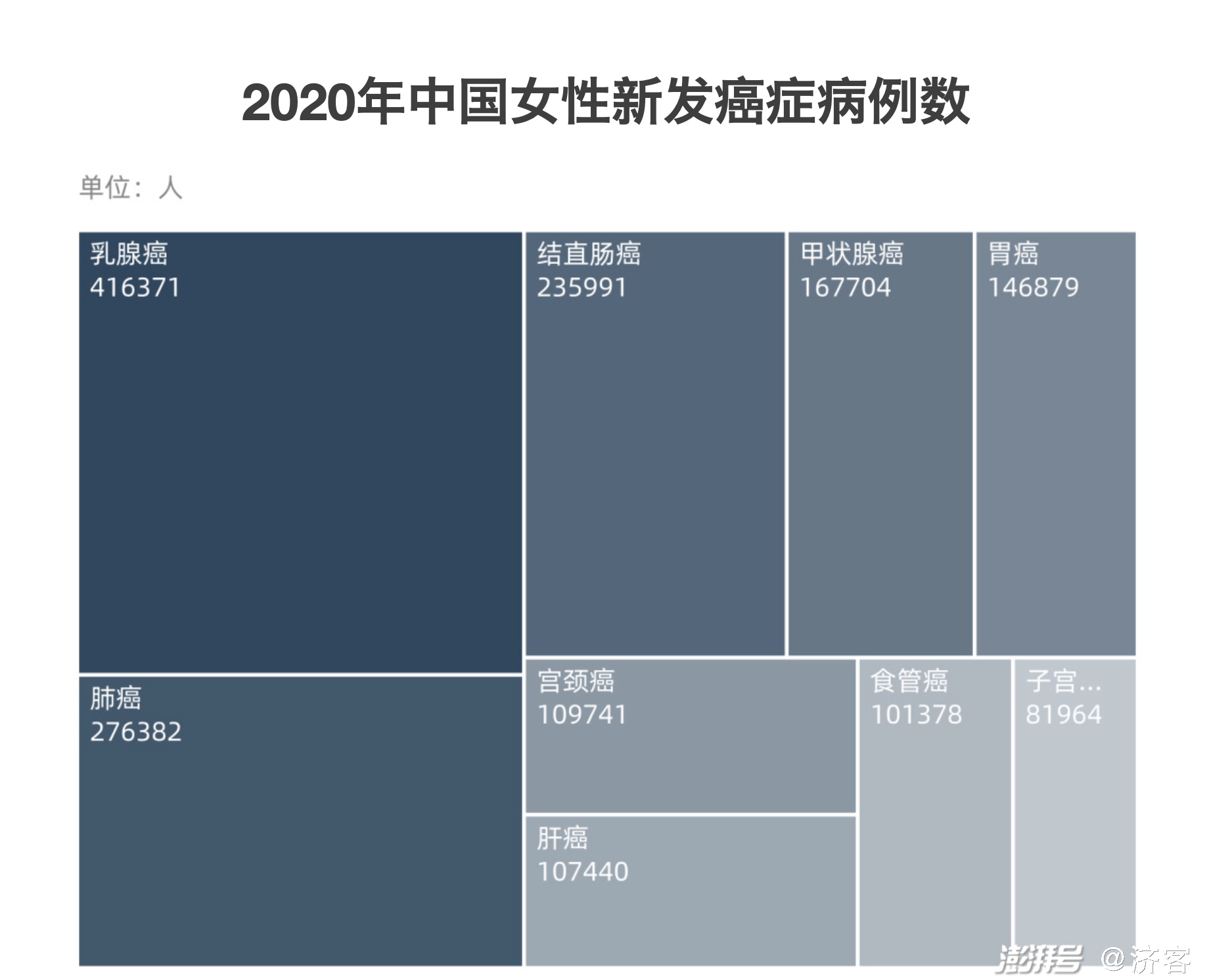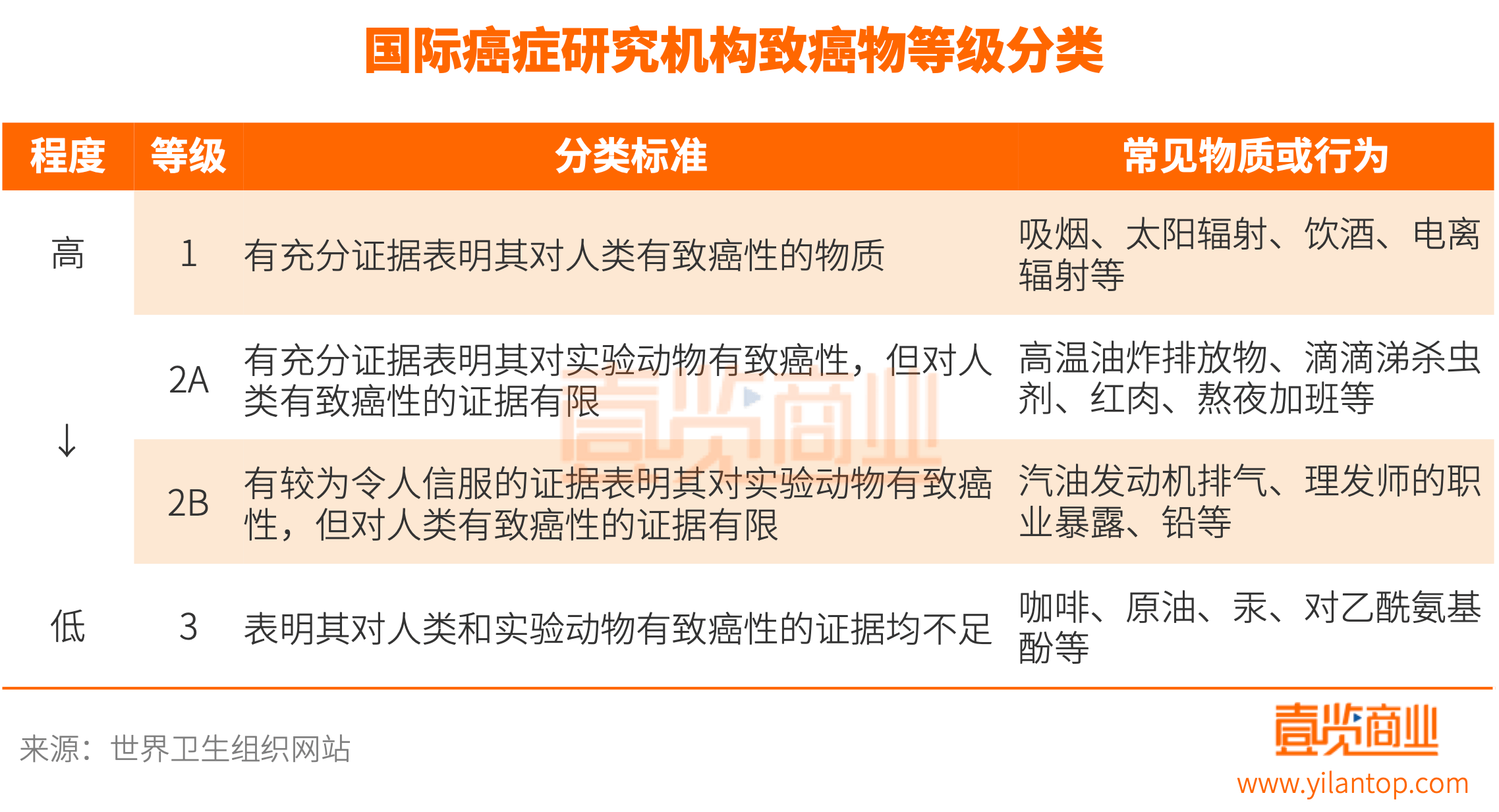Q1
What is the major dietary source of PAHs ?
PAHs的主要膳食來源是什么?
A
Major dietary contributors of PAHs depend on the consumption pattern (amount and types of food consumed) and the levels of PAHs in foods. According to the Joint Food and Agriculture Organization/World Health Organization Expert Committee on Food Additives (JECFA), cereals and cereal products, vegetables fats and oils are major contributors to dietary exposure to PAHs.
PAHs的主要膳食來源取決于食物消費模式(食物消費量及食物種類)及食物中PAHs的含量。聯合國糧食及農業組織/世界衛生組織聯合食物添加劑專家委員會(專家委員會)指出,谷物及谷類食物、植物脂肪和油類是攝入PAHs的主要膳食來源。
Q2
Why is food contaminated with PAHs?
為什么食物會受PAHs的污染?
A
PAHs may be formed during incomplete combustion or burning of organic matters. Almost all food contains PAHs to a certain extent.
The two major sources of B[a]P (a type of PAH) in food are deposition and uptake of B[a]P from polluted air on food crops and formation and deposition of B[a]P during heat processing using methods such as roasting, smoking, and grilling.
Levels of B[a]P may vary depending on the processing conditions and are often higher in barbecued/smoked meat or fish. Furthermore for fats and oils, drying of cereals and plants used for production of crude vegetable oils using direct application of combustion gases can result in contamination of the products with B[a]P as combustion products may come into contact with the grain, oil seeds and thus increasing B[a]P level in the oil product. The level of B[a]P in oil would be much reduced after oil refining processes and the ultimate level of BaP would depend on the conditions under which refining takes place and quality control.
在不完全燃燒有機物質的情況下會產生PAHs。幾乎所有食物都含有一定程度的PAHs。
食物中苯并[a]芘的兩個主要來源是農作物吸收了受污染空氣中沉降的苯并[a]芘及食物在烘焗、煙熏和燒烤等加熱過程中產生和積聚的苯并[a]芘。
食物的加工條件對產生多少苯并[a]芘也有影響。燒烤/煙熏肉類或魚類的苯并[a]芘含量通常較高。此外,在烘干供制作植物毛油(未經精煉的油)的谷物和植物時,如果直接使用燃燒產生的氣體烘干谷物和植物,谷粒和油籽會接觸到燃燒所產生的物質,從而引致食油產品受苯并[a]芘汚染。不過,在食油的精煉過程中,能把苯并[a]芘含量大大降低,而苯并[a]芘最終的含量則取決于精煉的條件及質量控制。
Q3
Will the B[a]P level in oil increase after repeated deep-frying ?
不停翻炸食油,苯并[a]芘的含量會否上升?
A
There are reports which suggest that the level of B[a]P in oil will increase after repeated use. Since many factors can lead to high levels of B[a]P in oil, one cannot judge if oil had undergone repeated use just by the level of B[a]P in it.
有文獻指出,翻用食油會增加苯并[a]芘的含量。但由于多種因素可引致食油中苯并[a]芘含量高,所以不能根據食油中苯并[a]芘的含量來判斷食油是否為翻用食油。
Q4
Does the existence of B[a]P in oil mean that the oil had undergone high heat treatment, which in turn means that the oil had been used for frying food previously? Does that equal to “gutter oil”?
食用油含苯并[a]芘,是否意味油曾經過高溫處理,即可能曾經炸過食物?又是否等同地溝油或坑渠油?
A
No. The presence of B[a]P in oil can be due to many different factors. Plant materials for oil production can be contaminated through deposits from air. The level of B[a]P in these materials can also increase through drying process using direct application of combustion gases. Furthermore, B[a]P level in oil may increase upon repeated use.
不是。因為食用油中的苯并[a]芘,可能經多種不同因素產生。油料作物可以受到空氣中的苯并[a]芘沉降污染。而在這些作物的烘干過程中直接使用燃燒產生的氣體,亦會最終使食油的苯并[a]芘含量升高。此外,翻用食油也有機會增加苯并[a]芘的含量。
Q5
What amount of B[a]P consumed will be harmful to health ?
食用多少苯并[a]芘會對健康有害?
A
B[a]P is toxic to genes and can cause cancer in human. B[a]P is classified as “carcinogenic to human” (i.e. Group 1 agent) by the International Agency for Research on Cancer (IARC) of the World Health Organization in 2009. Therefore, a safety reference value cannot be determined for B[a]P. To reduce the health risk associated with B[a]P, efforts should be made to minimise exposure to B[a]P as far as practicable.
苯并[a]芘對人類基因有害,并會致癌。苯并[a]芘被世界衛生組織的國際癌癥研究機構于2009年列為「令人類患癌」(即第一組)的物質。因此,不能厘定苯并[a]芘的安全參考值。為了減少因苯并[a]芘引致的健康風險,應盡量減少攝入苯并[a]芘。
Q6
Is there any advice on reducing exposure to B[a]P ?
市民可如何減低苯并[a]芘的攝入量?
A
Public should maintain a balanced and varied diet, which includes a wide variety of fruits and vegetables; Do not use reused cooking oil; avoid overindulgence in barbecued meat, particularly charcoal grilled meat and smoked meat/fish; and remove charred parts of food. Public may reduce consumption of fats and oils to reduce B[a]P exposure.
市民應保持均衡及多元化飲食,進食多種蔬果;切勿翻用食油;切勿過量進食燒烤肉類,尤其是炭爐烤制的肉類及煙熏肉類/魚類;以及切除燒焦部分。市民亦可減少食用脂肪和油,以減少攝入苯并[a]芘。
(來源:香港食物安全中心)
統籌:寧可兒
美編:曉馬哥
往期精選【戳下方標題】
《不想被“瘧”?你得防著這對“兇手”!》
《了解您最想知道的預防接種知識,還有機會拿大獎~》
轉載請注明來自夕逆IT,本文標題:《國際癌癥研究機構(IARC)《致癌物評估標準》詳解》



 京公網安備11000000000001號
京公網安備11000000000001號 京ICP備11000001號
京ICP備11000001號
還沒有評論,來說兩句吧...